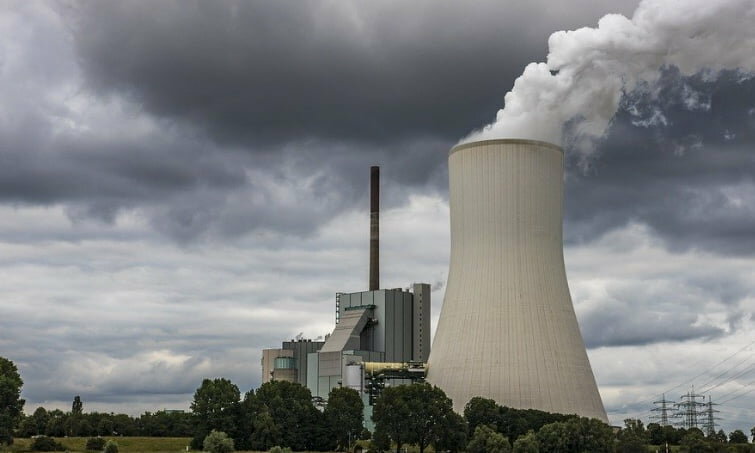 (Credit: Pixabay)
(Credit: Pixabay)The US power sector made significant progress in the transition away from coal in 2019, reducing CO2 emissions by 28% from 2000 to 2019.
The analysis, "Benchmarking Air Emissions of the 100 Largest Electric Power Producers in the United States," examines and compares key air pollutant emissions of nitrogen oxides (NOx), sulfur dioxide (SO2), carbon dioxide (CO2), and mercury from the 100 largest US power producers, highlighting environmental performance and progress across the sector. It found that power sector CO2 emissions decreased 8% between 2018 and 2019, while SO2 and NOx emissions decreased 23% and 14%, respectively. During that time, the Gross Domestic Product rose 2.3%.
The report says that, in addition to the 28% reduction in emissions, GDP grew 45%. Over the same period, generation from renewables doubled, further clarifying that with the right generation mix, reduced emissions and economic growth can go hand-in-hand.
As the analysis notes, the drop in emissions, coupled with a rise in economic activity, can be attributed to the continued decline of generation from coal and the transition to lower- and zero-emissions power sources. In 2019, zero-carbon resources generated 36% of US electricity, making it the second-leading source of power generation after natural gas. Of the zero-carbon resources, nuclear made up 55%, renewables 26% and hydro 19%. Non-hydro renewable generation, which includes wind, solar, geothermal, and biomass, has more than doubled since 2000. Together, these sources accounted for 9% of the sector’s electricity production in 2019.
Other major findings include:
Increased ambition from power sector companies is critical to decarbonization, and to succeed in tackling the broader issues relating to the climate crisis. Some of the highest emitting power companies have recently made commitments to reduce their emissions to net-zero by 2050. Over the past two years Southern Company, Xcel, Duke, Dominion, NRG, CMS, DTE and APS have all committed to achieving net-zero emissions by 2050.
The analysis is based on publicly reported generation and emissions data from the U.S. Energy Information Administration (EIA) and the EPA. It also provides detailed fuel mix information for all of the producers — including their share of fossil fuel, nuclear, natural gas and renewable sources used to generate electricity.